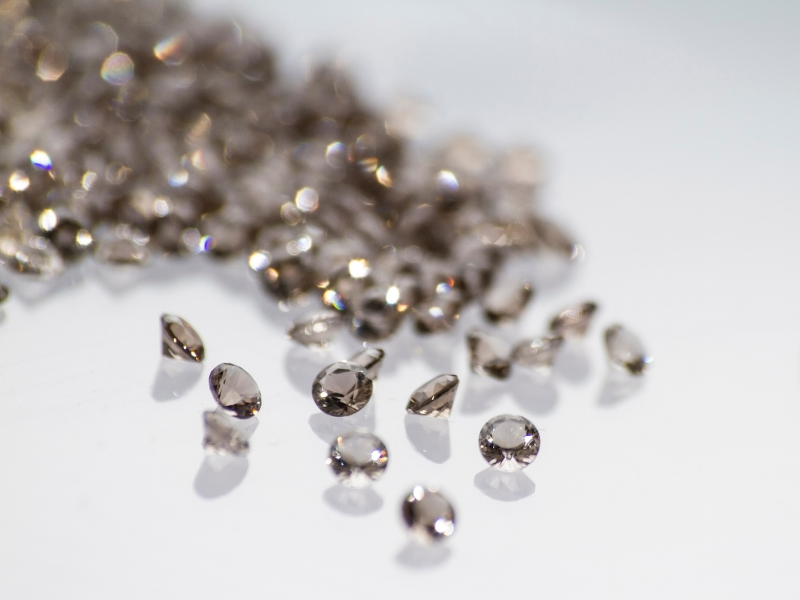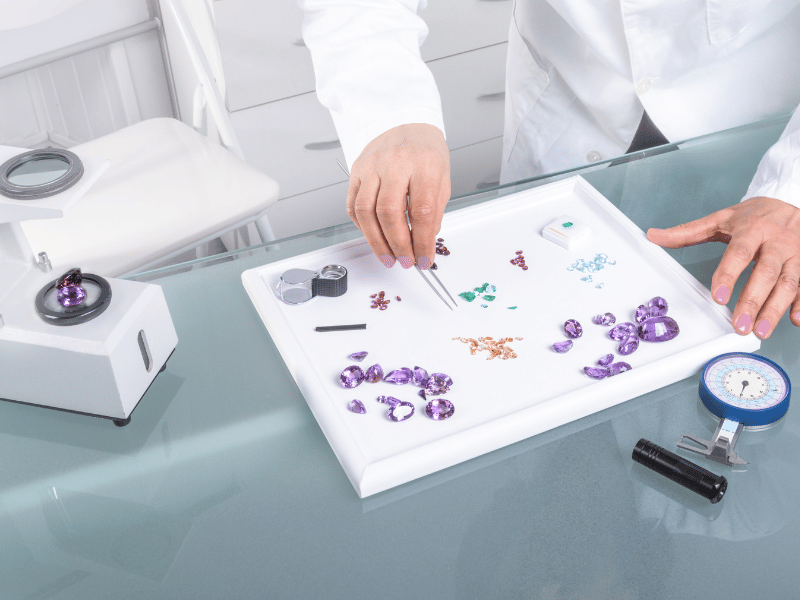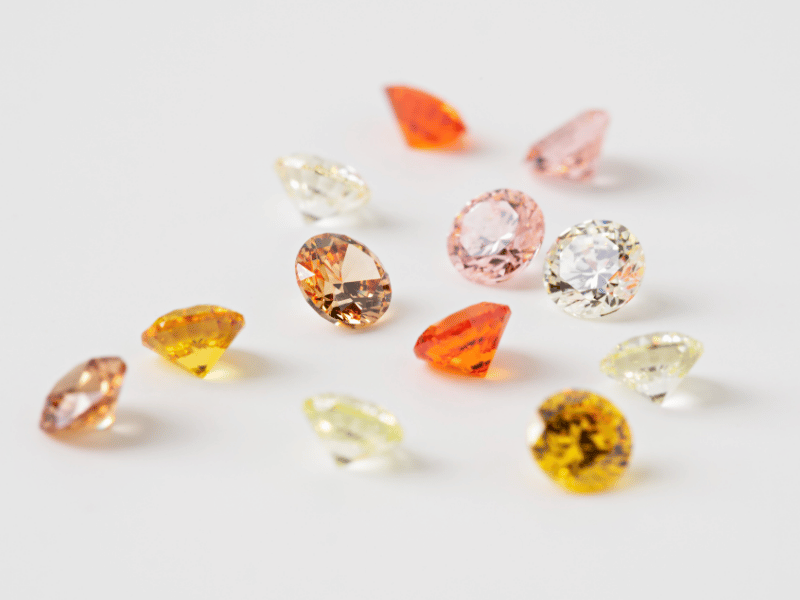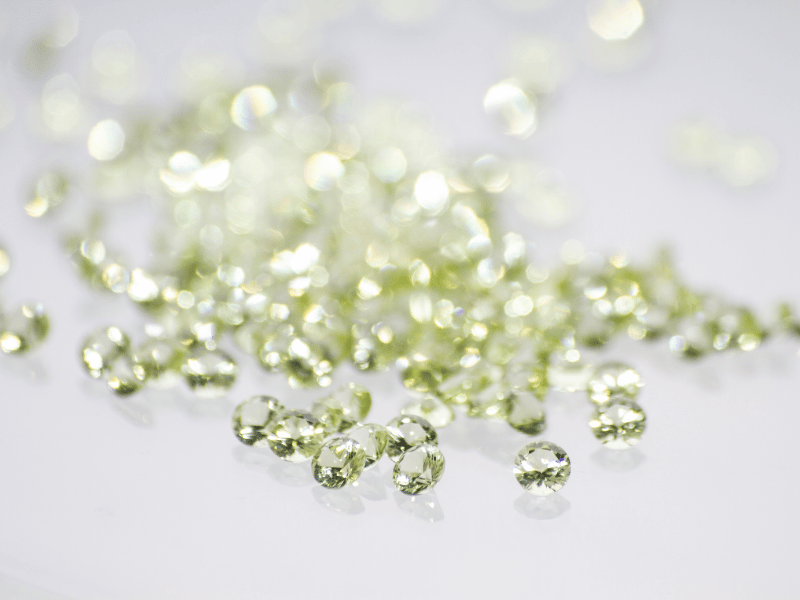Subtotal: 22,91 €
Smoky quartz is one of the few gemstones that naturally displays a brown hue. This stone belongs to a large mineral family — the quartzes — which offer a wide range of colors: violet amethyst, yellow citrine, green prasiolite, rock crystal, and of course, rose quartz and smoky quartz.
It is a mineral that is very abundant in the Earth’s crust. About 10 to 13% of the structure of our planet’s outer layer is made up of it.
There are several hypotheses regarding the etymology of the word quartz. One suggests it derives from the contraction of the German word gewärz, meaning “germ” or “growth,” a reference to the often large crystal formations of quartz. The term smoky simply refers to its color, reminiscent of smoke.
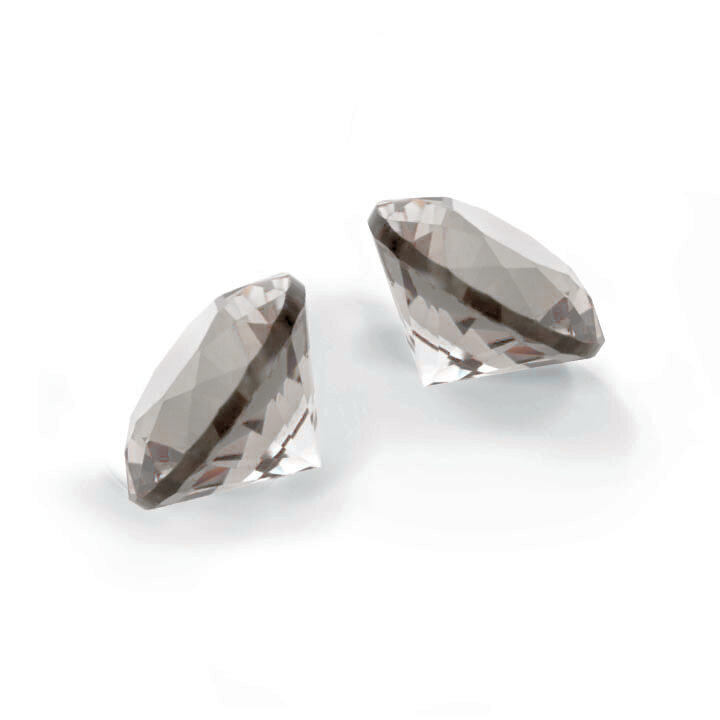
Characteristics of Smoky Quartz
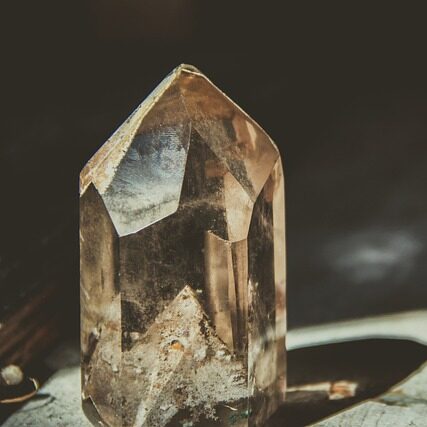
Smoky quartz has a very simple chemical composition: SiO₂ (silicon dioxide). This composition is the same as that of agate and artificial glass. The difference lies in their internal structures, which are respectively crystalline, microcrystalline, and amorphous.
The brown color of this gemstone comes from gamma-ray irradiation, which can occur naturally or artificially. This irradiation is not dangerous. Some specimens may even display color zoning, with areas that are lighter or darker within the same crystal.
The crystals generally have a hexagonal shape at their base, ending in a pointed termination at the top.
Physical Properties of Smoky Quartz
Its Hardness
As a member of the quartz family, smoky quartz shares the same optical and physico-chemical properties as other varieties such as amethyst or rock crystal.
By definition, quartz has a hardness of 7 on the Mohs scale, demonstrating good resistance. Thus, this stone can scratch orthoclase but will be scratched by topaz.
Its Density
The density of quartz is approximately 2.65, making it a relatively low-density gemstone.
Its Resistance
Smoky quartz exhibits good overall mechanical strength. Its mineral family is also known for high thermal resistance; however, smoky quartz can lose its color when heated above 250 °C, leading to partial or complete discoloration of the stone.
This crystal shows good resistance to chemical agents; however, strong bases and hydrofluoric acid should be avoided, as they can damage its surface or alter its structure.
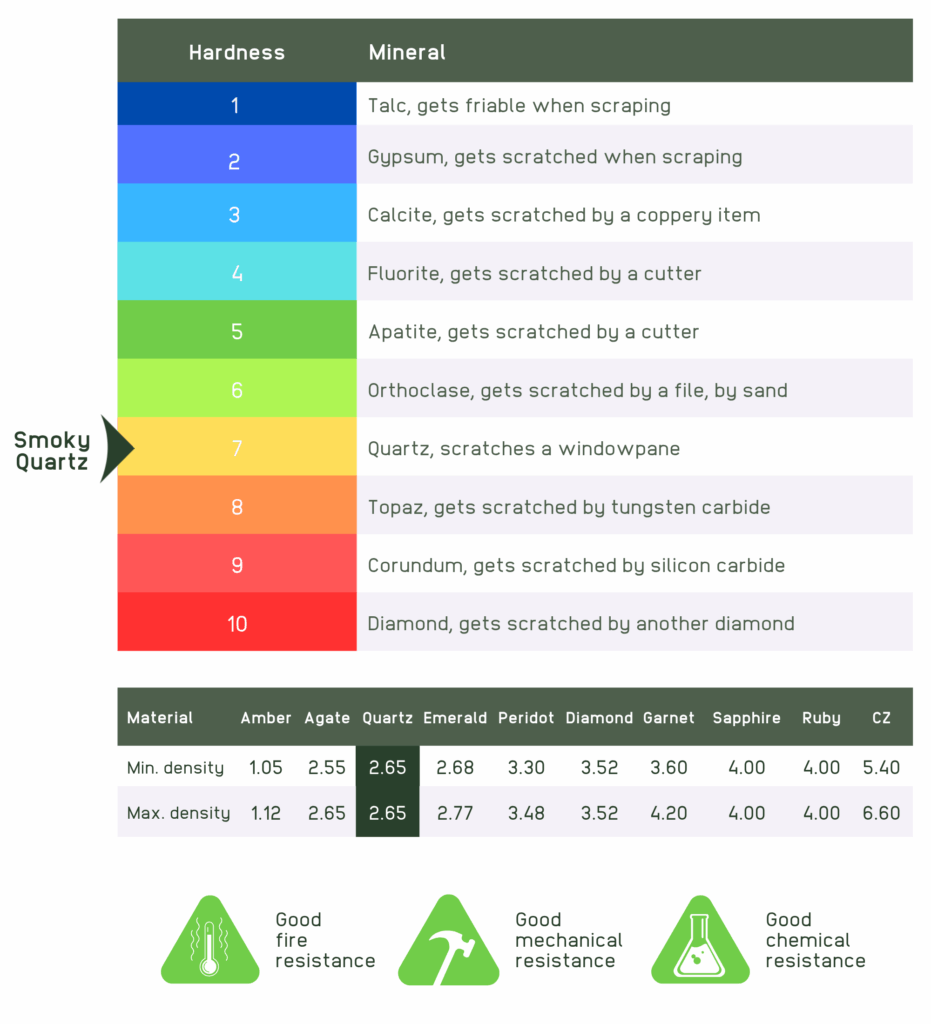
Deposits of Smoky Quartz
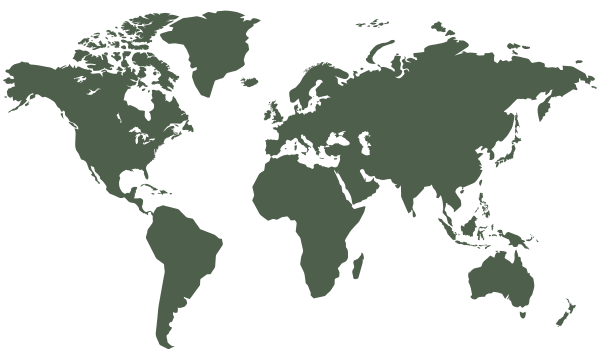
Since silica is a commonly occurring element in the Earth’s crust, there are numerous quartz deposits found all around the world.
The main countries with deposits of this brown gemstone are France, Switzerland, Brazil, Scotland, the United States of America, and Kazakhstan.
Many other countries also have occurrences of quartz, including Madagascar, Russia, Ukraine, Myanmar, Sri Lanka, Bolivia, and Uruguay.
Anecdotes about Smoky Quartz
It has been over 170 years since the first attempts to synthesize quartz were made. However, the first successful syntheses of quartz crystals date back to the 1950s. This was achieved through the hydrothermal growth process, the same method used for producing synthetic emeralds.
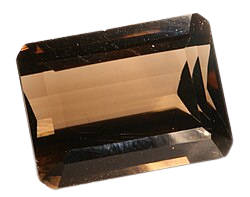
On Earth, we sometimes find immense clusters of smoky quartz crystals. Brazil and Switzerland have each uncovered remarkable specimens weighing around 300 kg and 600 kg, respectively. However, Kazakhstan holds the record with the largest known piece in the world — a cluster of crystals weighing approximately 23 tons.
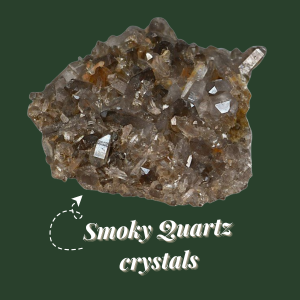
Preview in the shop
-
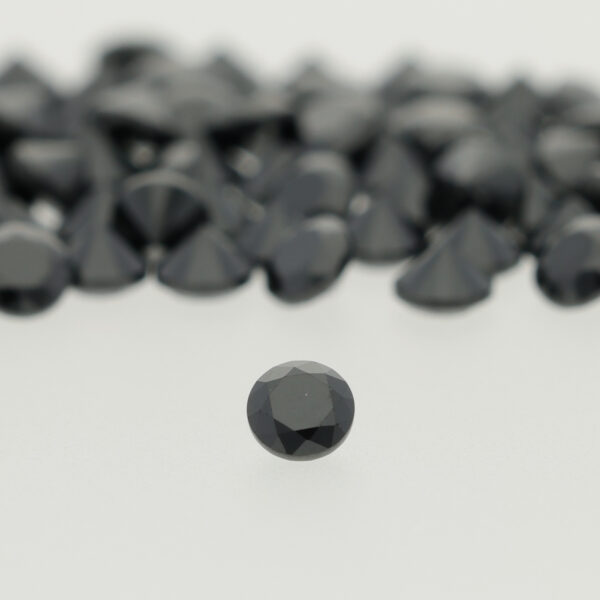 Cubic Zirconia Black Round – 2.00 mm2,71 €
Cubic Zirconia Black Round – 2.00 mm2,71 € -
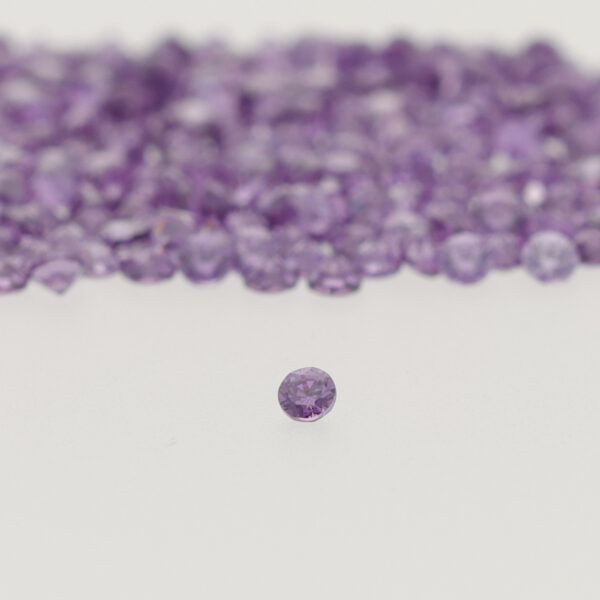 Cubic Zirconia Light Amethyst Round – 1.10 mm1,15 €
Cubic Zirconia Light Amethyst Round – 1.10 mm1,15 € -
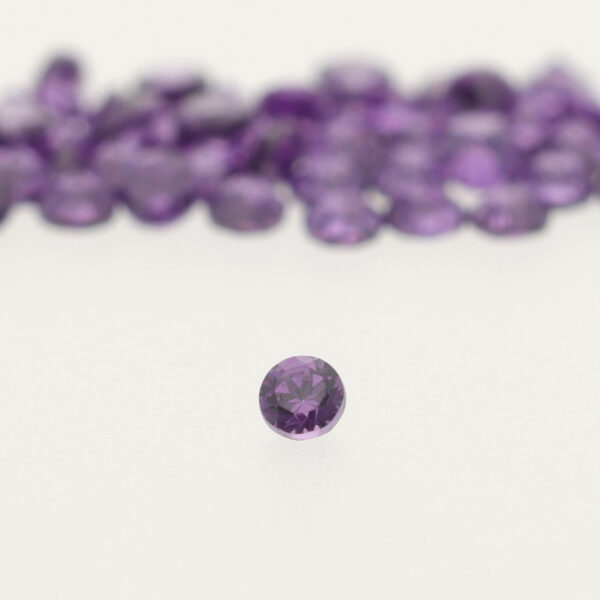 Cubic Zirconia Amethyst Round – 1.00 mm1,32 €
Cubic Zirconia Amethyst Round – 1.00 mm1,32 € -
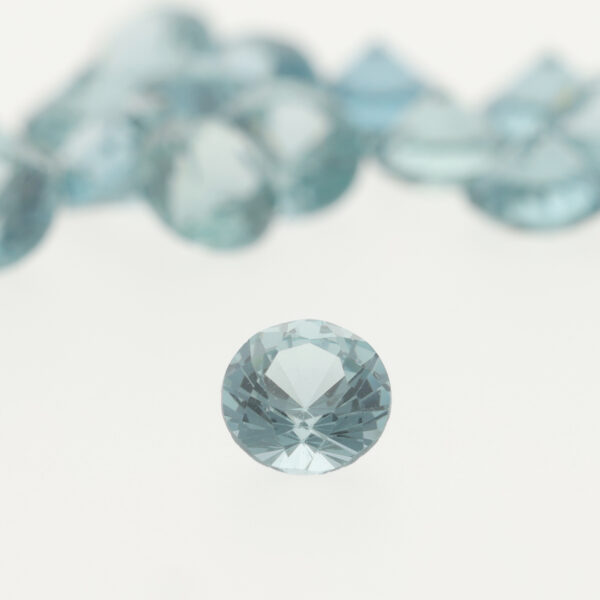 Synthetic Spinel Blue-Green Zircon Round – 4.20 mm5,51 €
Synthetic Spinel Blue-Green Zircon Round – 4.20 mm5,51 € -
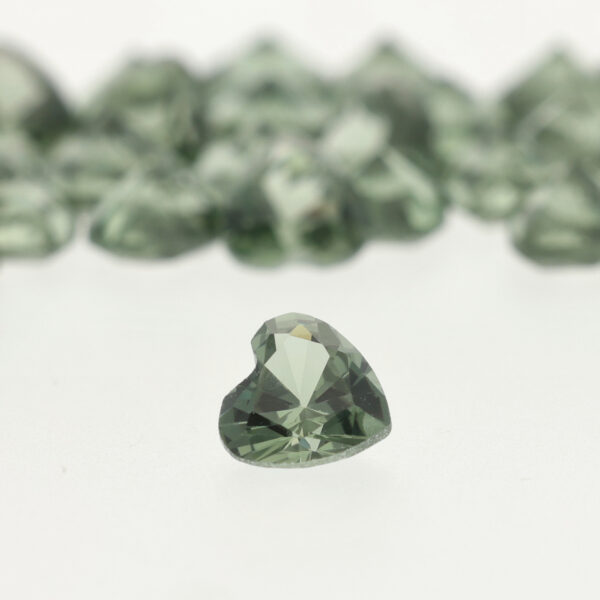 Synthetic Spinel Tourmaline Heart – 4.00 x 4.00 mm1,19 €
Synthetic Spinel Tourmaline Heart – 4.00 x 4.00 mm1,19 € -
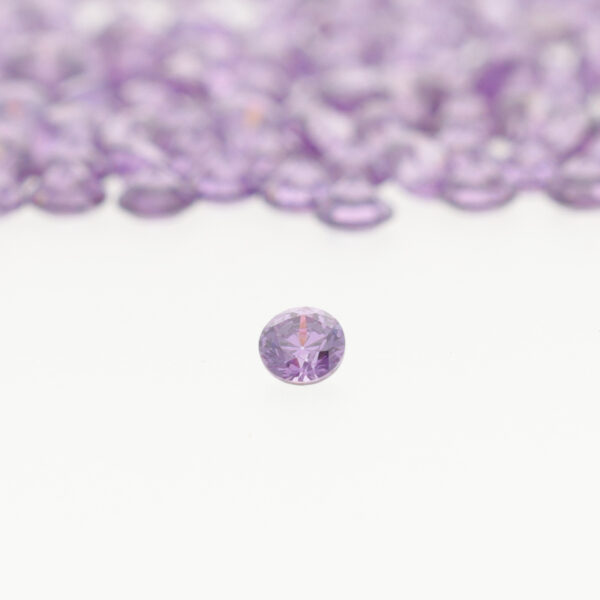 Cubic Zirconia Amethyst Round0,53 € – 9,37 € HT
Cubic Zirconia Amethyst Round0,53 € – 9,37 € HT -
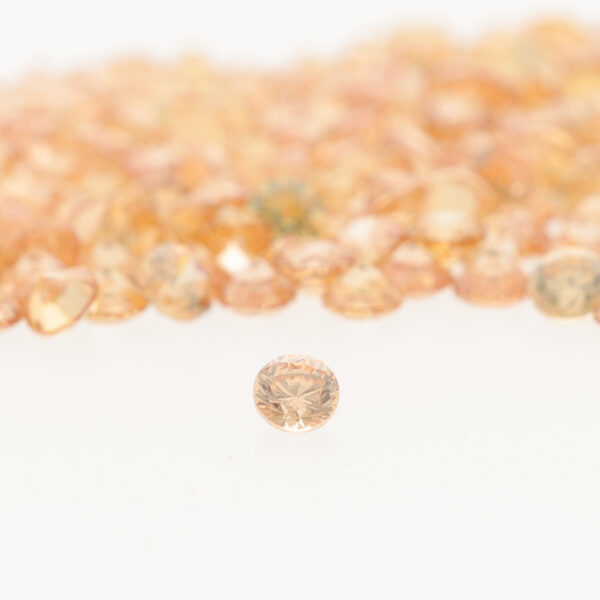 Cubic Zirconia Champagne Round0,53 € – 9,37 € HT
Cubic Zirconia Champagne Round0,53 € – 9,37 € HT -
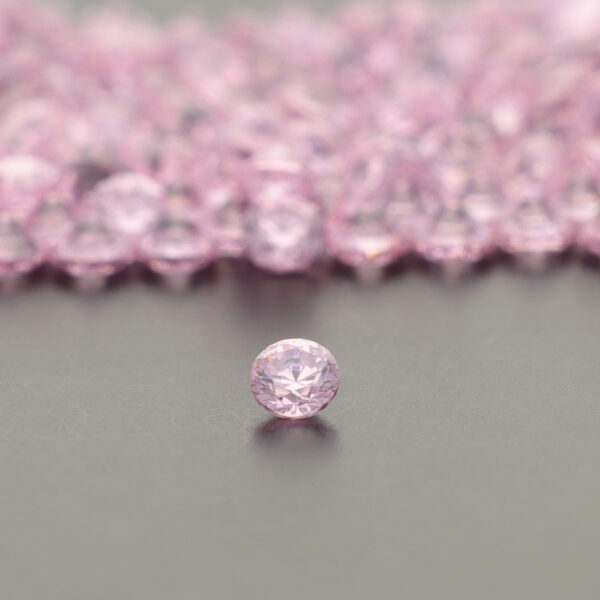 Cubic Zirconia Pink Round0,40 € – 7,71 € HT
Cubic Zirconia Pink Round0,40 € – 7,71 € HT -
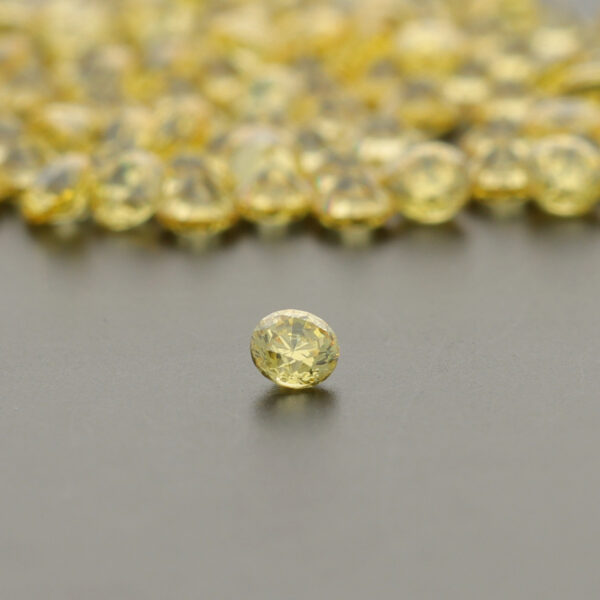 Cubic Zirconia Yellow Round0,40 € – 7,71 € HT
Cubic Zirconia Yellow Round0,40 € – 7,71 € HT -
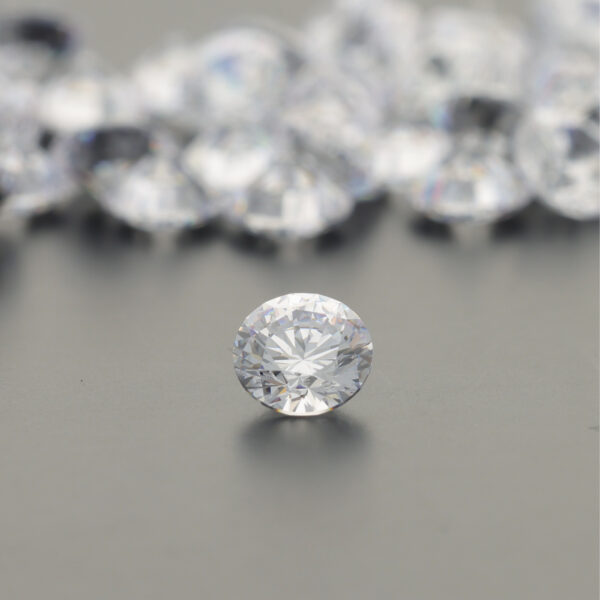 Cubic Zirconia White Round0,79 € – 84,03 € HT
Cubic Zirconia White Round0,79 € – 84,03 € HT -
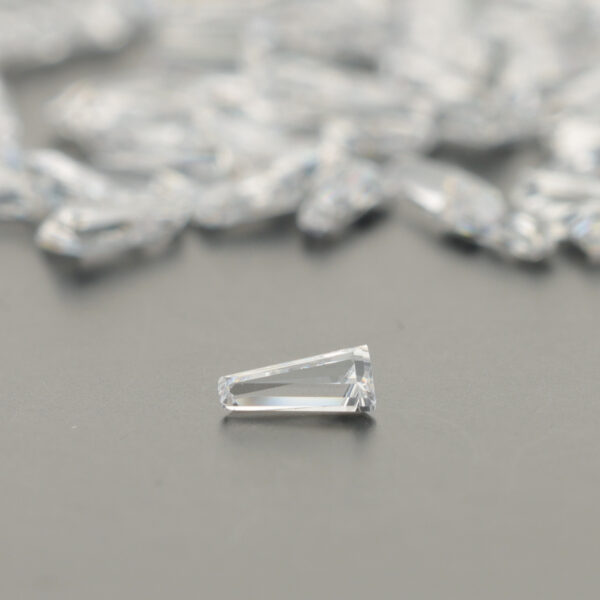 White Cubic Zirconia Trapeze – 4,00x 2,00x 1,00 mm11,76 € HT
White Cubic Zirconia Trapeze – 4,00x 2,00x 1,00 mm11,76 € HT -
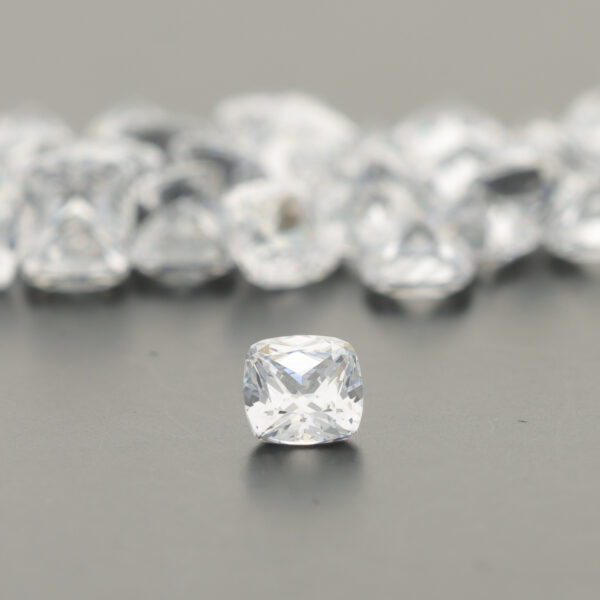 White Cubic Zirconia Cushion – 4,00x 4,00 mm22,91 € HT
White Cubic Zirconia Cushion – 4,00x 4,00 mm22,91 € HT

